Drain flies, also known as moth flies or sewer gnats, are small flies that can become a nuisance in fish tanks. They are attracted to decaying organic matter like leftover food, plant debris, and waste materials. These flies lay their eggs near water sources, and their larvae feed on the organic material in the tank. Regular cleaning and maintenance can help get rid of drain flies in your aquarium. Steps include cleaning the tank thoroughly, using a fine mesh net to remove adult flies, and keeping up with regular maintenance to prevent future infestations.
Estimated reading time: 5 minutes
Hey there, fish friends! Do you feel like your freshwater aquarium has turned into a VIP lounge for those pesky drain flies? I get it; they’re not on the guest list. These little flies might be small, but let me tell you, they’re throwing a party you didn’t invite them to—in your own aquarium! That’s right; these uninvited guests can be more than a nuisance; they’re a loud-and-clear sign that it’s time for some fish tank rehab.
So, let’s roll up our sleeves and get into the nitty-gritty of how to kick these pests out and keep your fish tank the serene kingdom it’s supposed to be.
What Are Drain Flies?
Characteristics of Drain Flies
Not all flies are created equal, and in this case, we’re dealing with the pesky drain flies, also known as filter flies, moth flies, or even sewer gnats. Picture this: tiny flies, often mistaken for gnats, buzzing around your fish tank. Yep, those are the party crashers we’re talking about. They’ve got this fuzzy appearance, almost like teeny-tiny moths.
Are Drain Flies Harmful?
Now you’re probably wondering, “Are these little buggers dangerous?” Well, for us humans, drain flies aren’t exactly harmful. They’re not the type to bite or carry diseases. But for our aquatic friends, it’s a different story. Drain flies could indicate that your tank isn’t as clean as it should be, and that’s a warning bell, people!
So, what did we learn? Drain flies are more of a nuisance than a danger, but they’re a red flag for fish tank hygiene.

Why Do Drain Flies Love Your Aquarium?
What Attracts Drain Flies?
So, you’ve spotted these small flies in your aquarium and you ask yourself, “Why my tank?” Let’s get into their heads, shall we?
Drain flies are attracted to organic matter. That means leftover food, decaying plants, and, well, fish waste. Basically, anything that decays. They see your fish tank as a five-star buffet! It’s also the humidity and standing water that make them say, “Hey, this is home!”
Drain Flies in Special Tanks
Hey, turtle parents! You’re not off the hook. Drain flies in turtle tanks are also a common issue. Whether it’s a tank for fish or turtles, these flies don’t discriminate. It’s the same formula—decaying organic matter, standing water, and a lack of cleanliness.
So remember, whether you’re caring for Nemo or Michelangelo, the story stays the same: keep that tank clean, folks!
The Life Cycle of Drain Flies
Alright, this is where it gets a bit sci-fi. Imagine tiny larvae that munch on algae and organic matter at the bottom of the tank. That’s right, drain fly larvae feed on decaying stuff.
Drain flies lay their eggs near the water, and voila, they’ve set up shop for generations to come. If you’ve ever noticed some black worm critters slithering around your substrate, chances are, they’re drain fly larvae.
So, long story short: Your fish tank becomes a breeding ground if you don’t keep things spick and span.
How to Get Rid of Drain Flies in Your Fish Tank
Step 1: Clean That Tank, People!
First things first: cleaning the tank. Take out any uneaten food, dead plants, and other organic debris. Then replace 25-50% of the water with fresh, treated stuff. Don’t forget the filter! Give it a good clean too. Cleaning the tank is your first step in evicting these pesky tenants.
Step 2: Catch ‘Em if You Can
Time for action! Use a fine mesh net to catch any adult drain flies buzzing around. Be gentle, folks; we don’t want to harm our aquatic buddies while we’re at it.
Step 3: Regular Maintenance
Consistency is key here. You’ve got to regularly clean the tank to prevent future infestations. That means cleaning that filter, switching out the water, and saying bye-bye to debris.
Step 4: Keep an Eye Out
Last but not least, monitor your tank. If you see any more drain flies, you might need to hit the reset button on this process—or maybe even call in the pros.
There you have it! A step-by-step guide on how to give drain flies the boot.
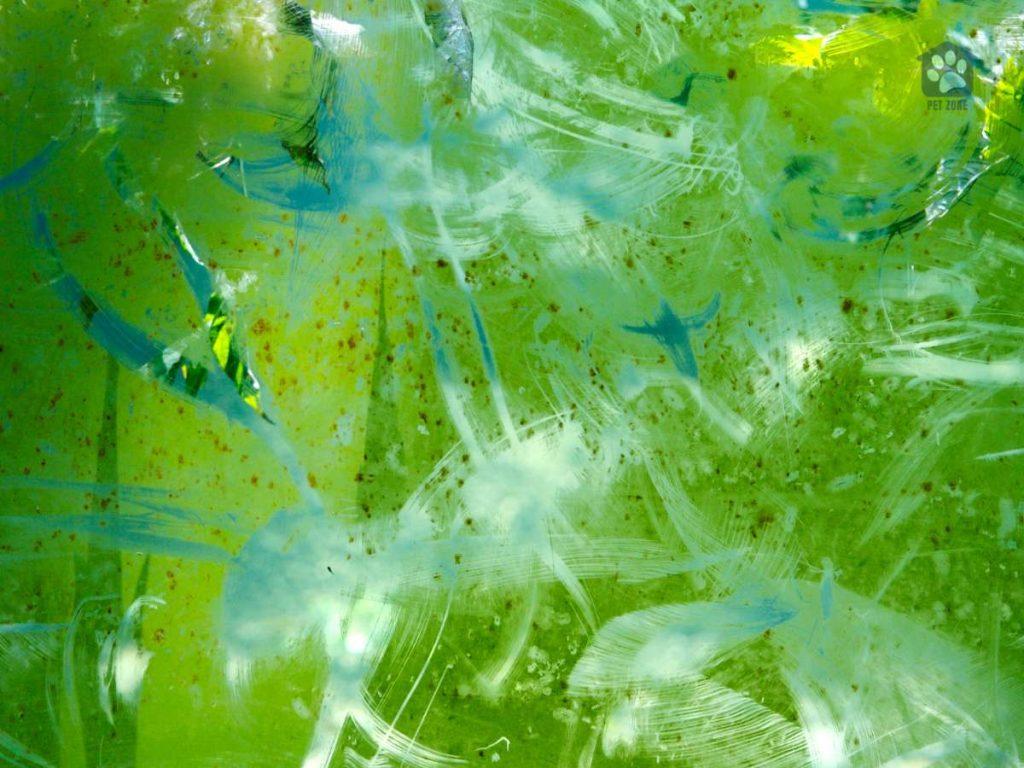
How to Prevent Future Drain Fly Infestations
Prevention Is Better Than Cure
Listen up, because this is the golden ticket. The best way to get rid of drain flies for good is to prevent them from setting up shop in the first place. Keep that tank clean, and I mean really clean.
What to Watch Out For
Keep an eye out for signs. If you see organic material accumulating at the bottom of the tank, that’s a red flag. Remove it before it becomes a feast for a new generation of drain flies.
Natural Insect Repellents
Do you want to keep the flies away but don’t want to go full Rambo on them? Try natural insect repellents like lemongrass oil. A few drops can do wonders and keep your fish tank smelling fresh to boot.
So there you have it, folks! A complete guide to tackling drain fly infestations in your fish or turtle tank. With a little elbow grease and some vigilance, your tank can stay a drain-fly-free zone.
If you found this guide helpful, don’t keep it a secret! Feel free to drop a comment below, share it with your friends, and let’s turn everyone’s fish tank into a drain-fly-free paradise!
As an Amazon Associate I earn from qualifying purchases.
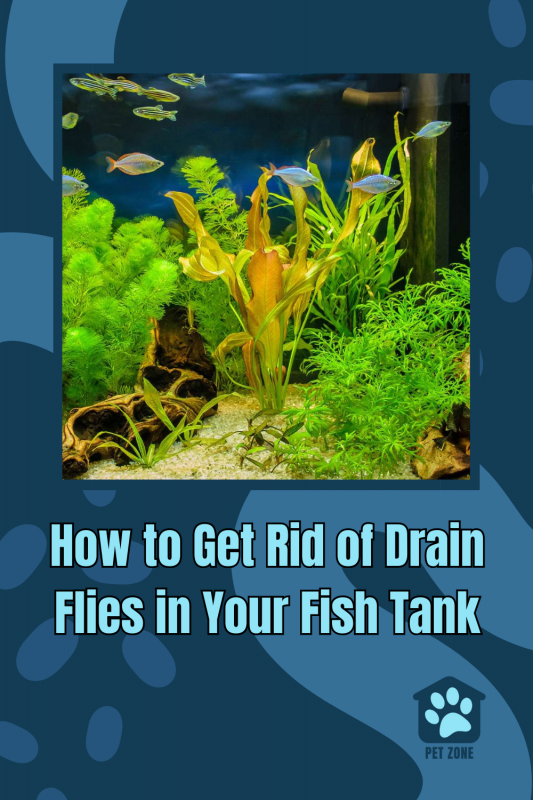


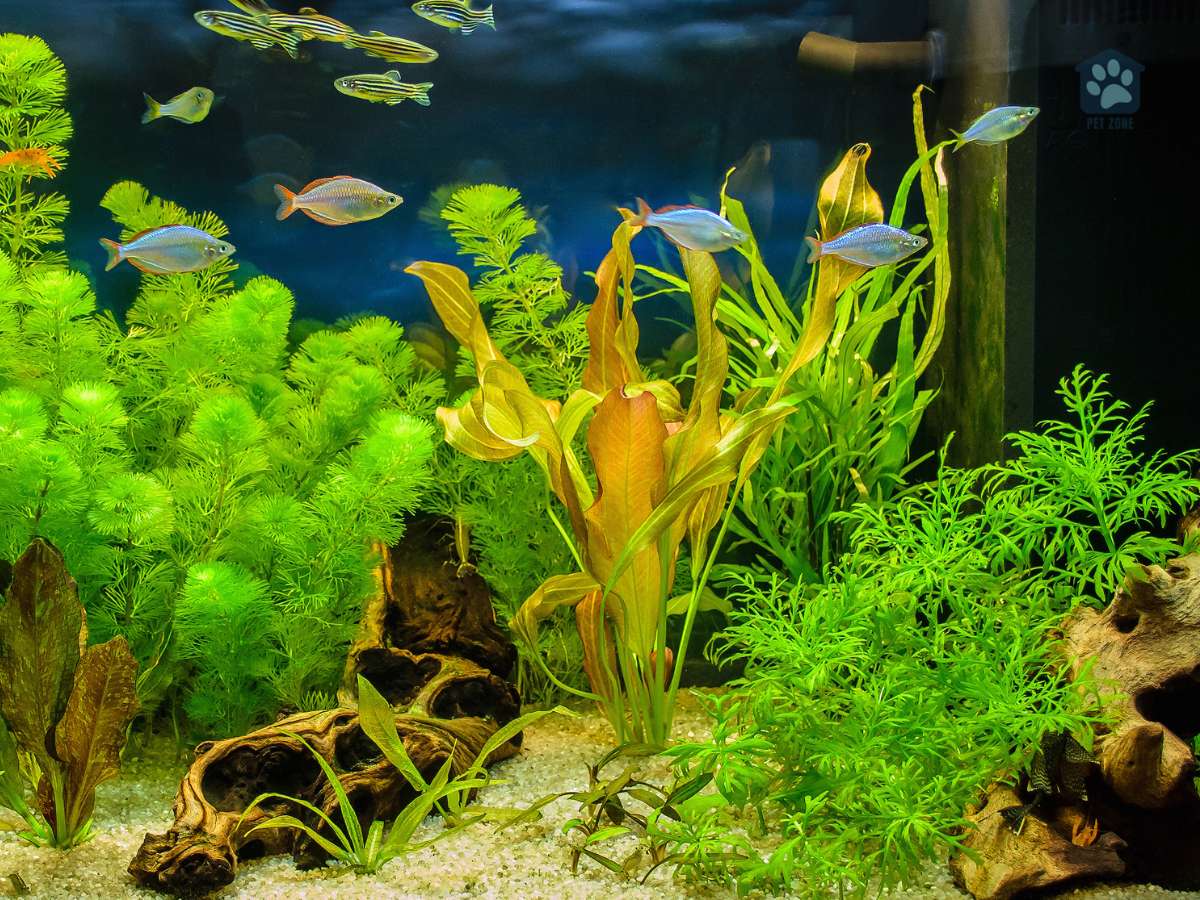
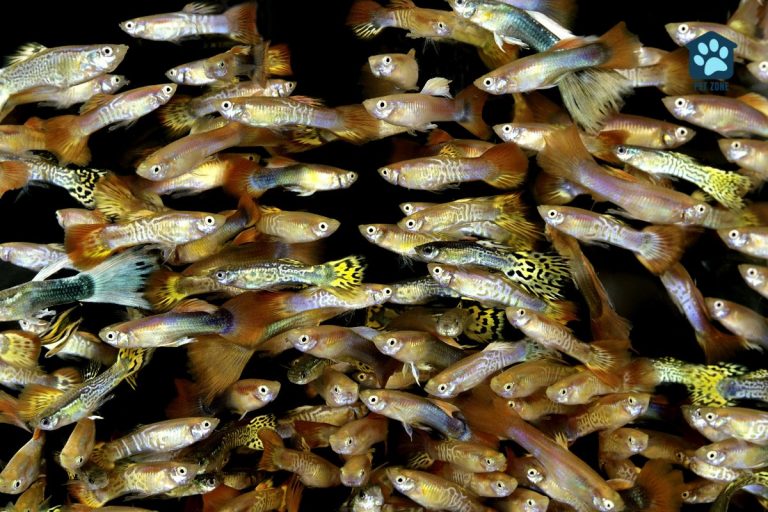
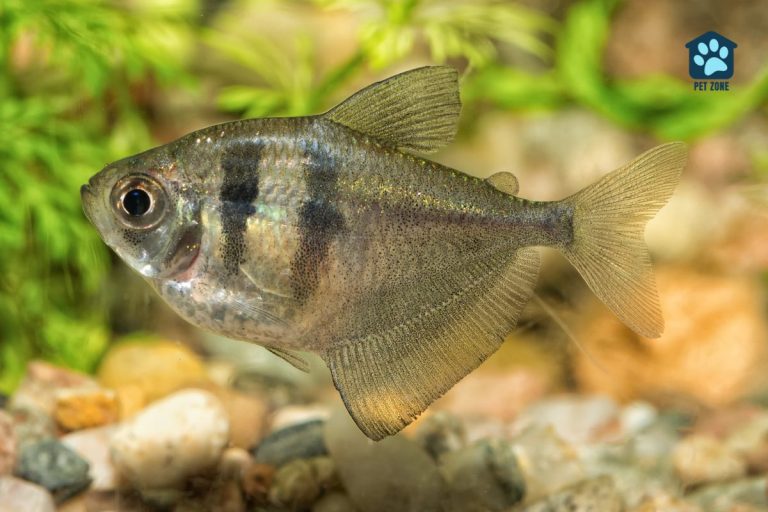
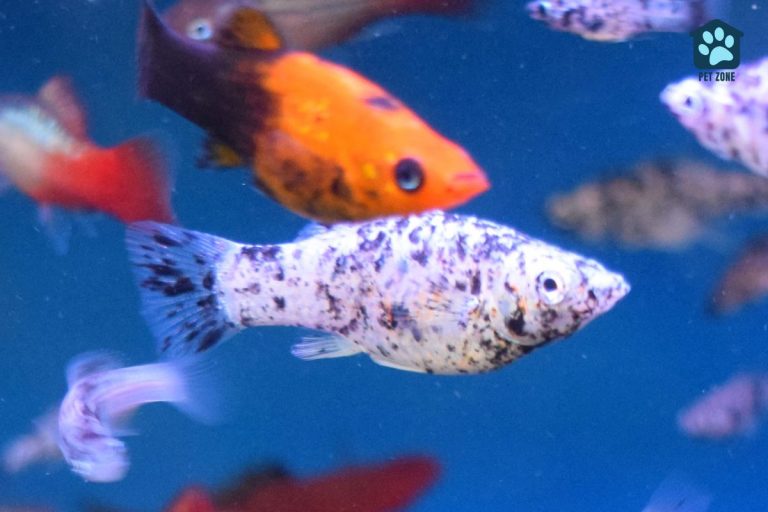
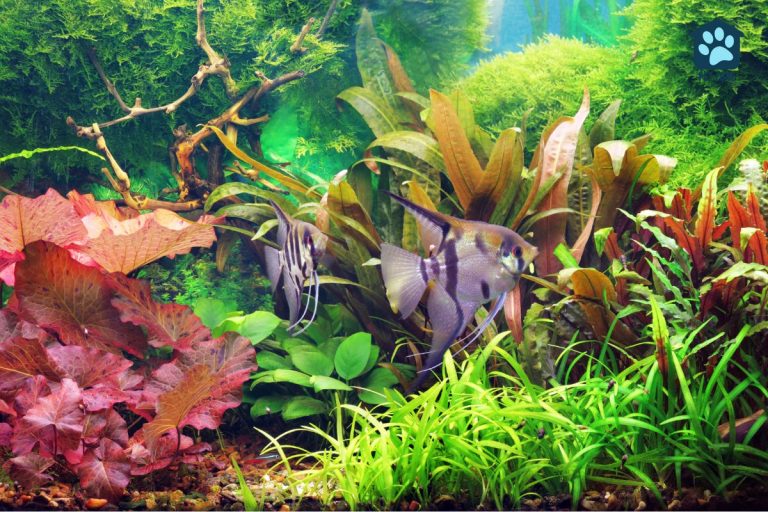
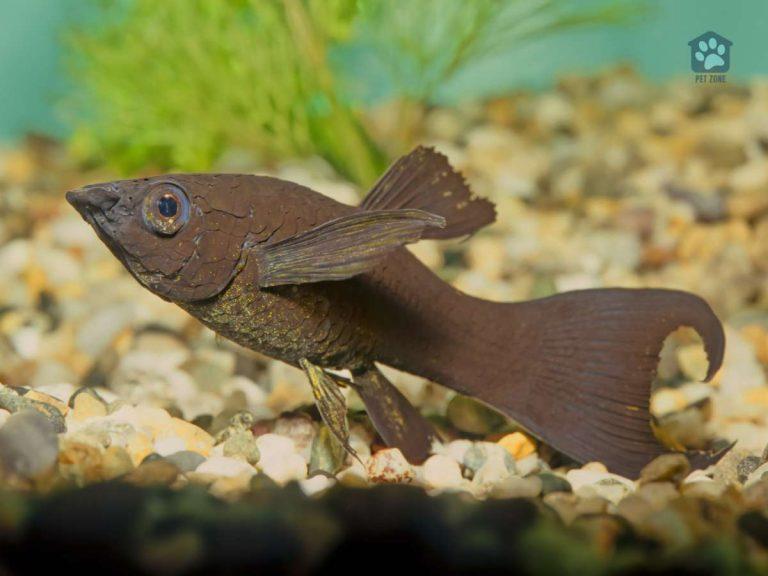

The kids have been after me for a while to get an aquarium. I am learning so much on this website regarding all the things I need to know before we start this endeavor. Never even heard of drain flies – but now I know what to do!!
Very informative! Thanks for sharing!